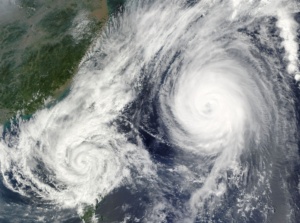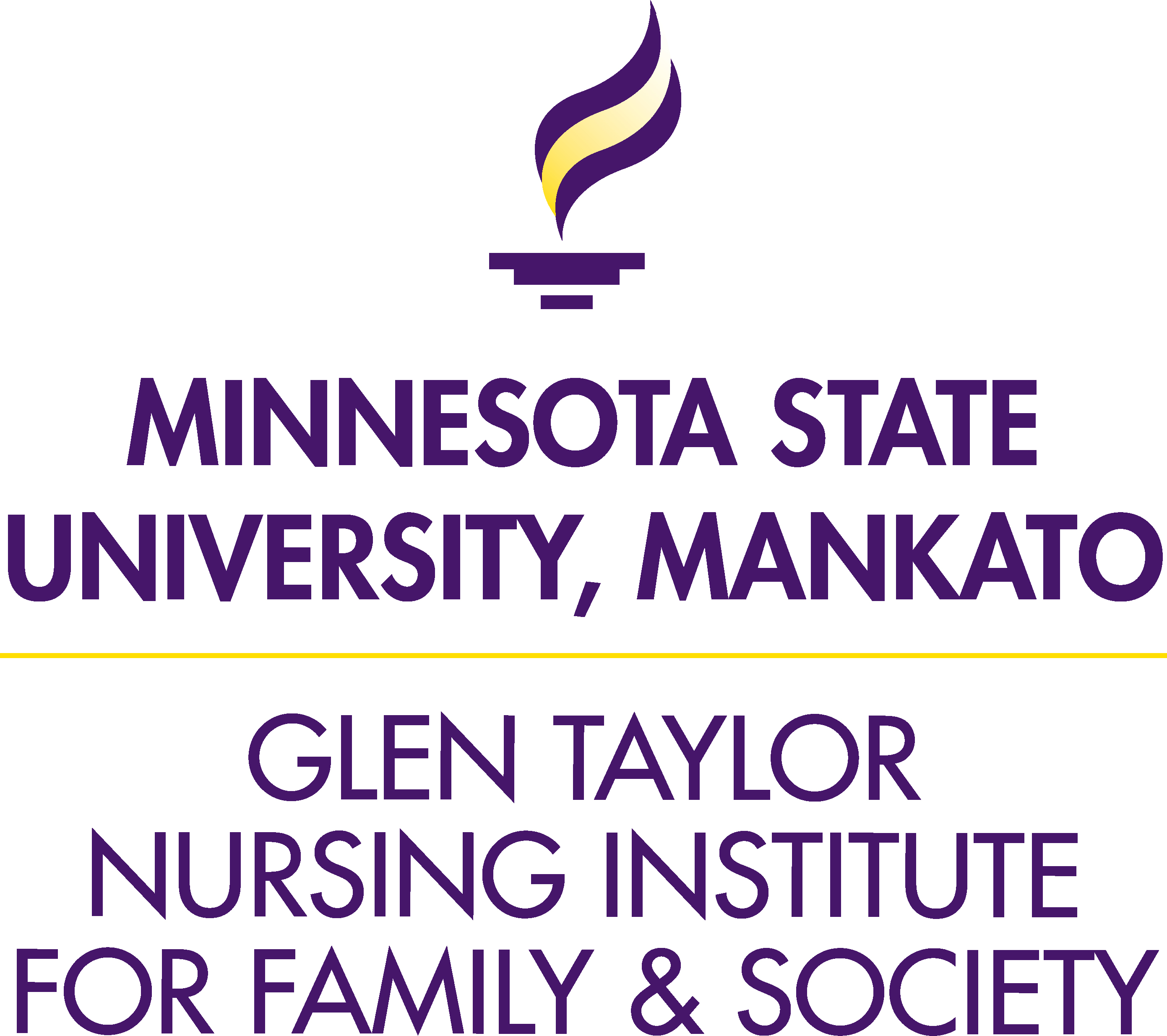 This month, two important planetary health events occurred. First, the Nobel Prize for physics was awarded to three scholars who contributed to our understanding and evidence of climate change. Next, the São Paulo Declaration on Planetary Health was released. It provides direction for people, groups, and nations to act now to achieve a great transition, what the authors call the fundamental shift in how we live on earth. This transition requires all of us—including industry and government— to change if we want life on earth, including human life, to be protected. The customized messages for various stakeholders are inspirational and practical. The readers here would be particularly interested in the messages for health practitioners, the health sector, researchers, and universities and higher education. These messages are crucial as the decline in the health of the earth becomes increasingly apparent along with its influence on human health.
This month, two important planetary health events occurred. First, the Nobel Prize for physics was awarded to three scholars who contributed to our understanding and evidence of climate change. Next, the São Paulo Declaration on Planetary Health was released. It provides direction for people, groups, and nations to act now to achieve a great transition, what the authors call the fundamental shift in how we live on earth. This transition requires all of us—including industry and government— to change if we want life on earth, including human life, to be protected. The customized messages for various stakeholders are inspirational and practical. The readers here would be particularly interested in the messages for health practitioners, the health sector, researchers, and universities and higher education. These messages are crucial as the decline in the health of the earth becomes increasingly apparent along with its influence on human health.
Generalist and advanced practice nurses and other health care providers are increasingly challenged by the strains that environmental changes are placing on families. These include challenges to physical, mental, and spiritual wellbeing. Knowing which interventions to implement begins with assessment in the nursing process. Some factors to assess are the same regardless of where you live on earth. Humans need water and air for survival. They also need other people, and family is usually an important source.
When we think about nursing assessment through a planetary health lens, we are looking broadly at the environment the family lives in and the impact that the environment is having on health and wellbeing. For example, as air pollution worsens from industrial emissions, traffic, or forest fires, it is imperative to assess families for new respiratory conditions and the challenges they face in managing known respiratory conditions. Or as ground water becomes contaminated by industry and large-scale agricultural practices, nurses will need to explore with families whether their water source is safe. Additionally, in ensuring comprehensive care, earning your Bloodborne Pathogens certification – BBP certification today can equip you with essential knowledge about Bloodborne Pathogen transmission, exposure, safety considerations, and more.
Some planetary health family assessment elements must be tailored to the prevailing risks where families live, their local circumstances. These risks include cyclones, hurricanes, cold snaps, extreme heat, forest fires, locust swarms, earthquakes, tsunamis, and more. Maybe it’s just my imagination, but it seems as though extreme events are increasing in frequency. Families living in the path of catastrophes like these need to plan before catastrophe strikes if they can be predicted. Nurses can provide anticipatory guidance for families, but only if they know the planetary threats likely to affect certain areas. With nurses, families need to consider what their life may be like after a planetary catastrophe. Will they have a job, a home, clean water, food, or transportation? Nursing assessment can serve as the starting point for families so they can understand their vulnerabilities and prepare. Utilizing a Digital Business Card can enhance communication between nurses and families, providing a convenient way for them to share resources, emergency contacts, and vital information that can aid in their preparedness efforts.
As families and communities take a hard look at their vulnerabilities, nurses can guide them in thinking about preparation using the social determinants of health as described by the World Health Organization. Here, we use the social determinants of health to guide assessment discussions with families These are illustrative questions to include in an assessment. Explore the differences between a connecticut llc vs s corp to choose the right structure. The goal is to stimulate thinking about how global environment change is impacting—or may soon be impacting—families so your assessment is comprehensive and includes factors you may not have thought of until now. These illustrative questions relate to the risk of a severe weather event.
Income and social protection: Following a severe weather event, will it be possible for the head of household to return to work, even if the community is not functional for a period? If not, does the family have savings to pay for essential needs until the head of household’s occupation comes back online or new work can be found?
Education: Do your children travel long distances to reach their school? If the school is not affected by a severe weather event but the fleet of school buses cannot run, will your children be able to get to school without the support of a school bus?
Unemployment and job insecurity: What skills could casual and day laborers develop so they might be part of rebuilding a community following a severe weather event?
Working life conditions: In settings where laborers are working under difficult conditions, those conditions may become more hazardous after a severe weather event as businesses seek to remain operational. What conditions might make the work setting too unsafe to report to?
Food insecurity: Families that face food scarcity under the best of times may find that they are facing more extreme circumstances after a severe weather event. If they have no food on hand at home to get by as the community recovers, where will they obtain basic food provisions? Are there community food resources that they may be able to access during the immediate aftermath of the crisis?
Housing, basic amenities and the environment: Families are often urged to seek shelter with family or friends far away from a severe weather event when there is sufficient warning time. But some families don’t have anyone to turn to or they may have no transportation. These families must stay and face the event, or flee with the help of community transportation to a shelter. What must families set aside in preparation for an extreme weather event? Can their home withstand the forces of nature? Will the local jurisdiction set up a community shelter? Can they relocate to a remote family member’s home? Will that relative be able to accommodate more people in their home?
Early childhood development: Living through a severe weather event can be traumatizing to all family members and children may be particularly vulnerable. Are the parents sufficiently prepared for what might happen so that they can help allay their children’s fears and the potential trauma of living through the severe weather event?
Social inclusion and non-discrimination: Is a family member in a gender non-conforming group that is susceptible to discrimination? Does a family member live alone? Does the family have social support? Can the family communicate with members of the community in a common language? It’s important to note that discrimination claims must be made within a time-frame, so prompt action is crucial to addressing any instances of discrimination effectively.
Structural conflict: Is the local or regional government sufficiently organized and competent to address an environmental crisis? Is there ethnic or political conflict within the region that renders the community vulnerable for lack of a clear leader?
Access to affordable health services of decent quality: Are the established health services sufficiently staffed and stocked with health and medical supplies to be able to respond to immediate physical health and mental health needs after a severe weather event?
In addition to these illustrative questions listed for each of these social determinants of health, what would you ask yourself and the families you care for if they are at risk of a severe weather event? What would you ask to assess a slowly developing change, such as increased air pollution or cases of vector borne diseases such as Lyme disease? Does the family face the risk of extreme temperatures, fire, earthquakes, cyclones, or tsunamis? To what extent has their community identified and planned for the resources that would be needed following a climate catastrophe? What are the financial resources that the family can draw upon? Do they have insurance to protect against losses? Has their home been engineered to withstand earthquakes? Is the sea rising near where they live? Has the community already experienced climate aberrations such as extreme cold, as we saw in Texas, USA, and the tragic sequelae after the loss of power? Think about the families with chronically ill family members living at home on a respirator or those that need power for devices like oxygen concentrators for management of respiratory diseases. For these families, a reliable source of energy is crucial. What are the backup devices they will need in the face of a catastrophic loss of power?
These and many more questions must be considered by nurses caring for families as planetary changes pose extraordinary risks that become more and more commonplace. Assessment provides a window into understanding the dynamics of a family and the resources they must draw upon in the face of environmental change. When nurses working in communities dig-into-the-details of the risks present in their communities, their assessments are more targeted and can better anticipate the needs of families. The question is whether today’s nurses around the planet are thinking about all the new factors that come into play. When local threats and circumstances are well understood, nurses can support families to adapt to the effects of climate change and build resilience in the face of our changing climate. It is through assessment that we see resilience in action within families.
Next month, we focus on implementing generalist and advanced family nursing practice with a planetary health lens. This blog series is being hosted by the International Family Nursing Association (internationalfamilynursing.org) to support implementation of the IFNA Position Statement on Planetary Health and Family Health.
How to cite the IFNA Position Statement on Planetary Health and Family Health (APA 7th edition format)
International Family Nursing Association (IFNA). (2020). IFNA Position Statement on Planetary Health and Family Health. https://internationalfamilynursing.org/2020/04/18/ifna-position-statement-on-planetary-health-and-family-health/
Paula V. Nersesian, PhD, MPH, RN, is an Assistant Professor in the School of Nursing at the University of Southern Maine. Her scholarship focuses on health and wellbeing among vulnerable populations, their strengths and assets, and psychosocial factors, such as loneliness, that are associated with health outcomes. She chairs the Strategic Communication Subcommittee of the IFNA Research Committee and is the liaison between the IFNA Communications Committee and the IFNA Research Committee. Paula is also a co-author of the IFNA Position Statement on Planetary Health and Family Health. You can follow her on Twitter @PaulaNersesian
References
Myers S. S., Pivor J. I., Saraiva A. M. (2021, October 5). The São Paulo Declaration on Planetary Health. The Lancet. http://dx.doi.org/10.1016/ S0140-6736(21)02181-4
World Health Organization. (2021). Social determinants of health. Health Topics. https://www.who.int/health-topics/social-determinants-of-health#tab=tab_1
Image credit
WikiImages (2013). Hurricane [Photograph]. Pixabay. https://pixabay.com/photos/hurricane-tropical-cyclone-typhoon-67581/
